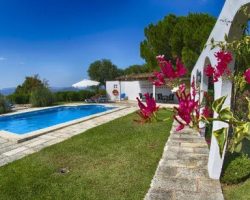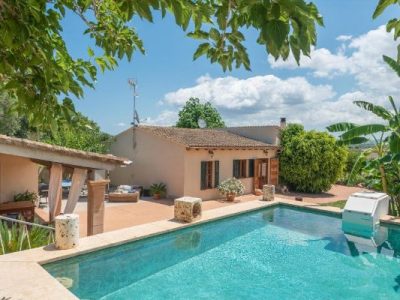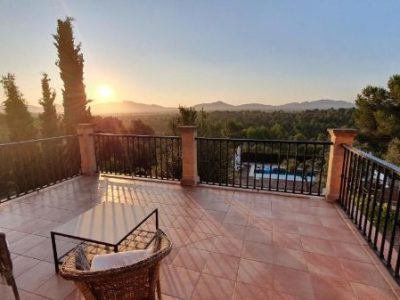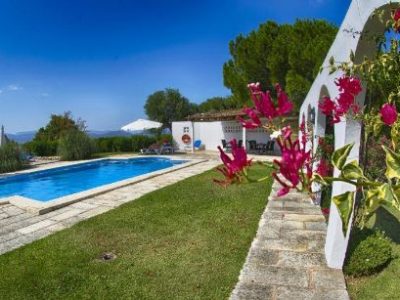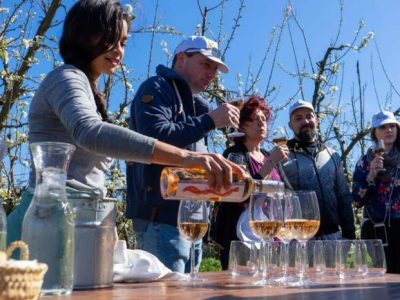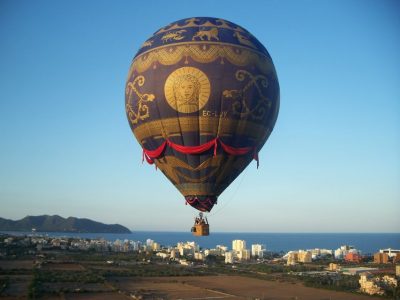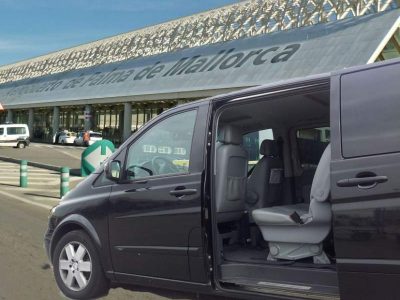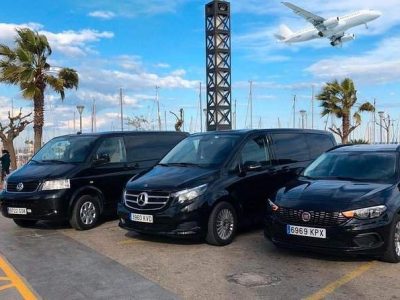All your holiday planning needs in one place, letting you book direct and benefit from official online rates
- Places To Go
- Things To Do
What’s Your Interest?
Traveling with kids
- Blog
Santa Margalida, Mallorca, Things to do and see, hotels, market
Santa Margalida enjoys a secluded life from its other more popular parts of the municipality such as Ca’n Picafort and Son Serra de Marina. Santa Margalida village is a typical Mallorcan village, where urban planning quickly indicates medieval influence, with its elongated shape, divided by a transverse road and with the central square in the middle.
Although Santa Margalida is often ignored by guests from Can Picafort and Son Serra de Marina, residents and local business owners are very service-minded and enjoy when tourists find their way to the core of their municipality to sniff out a bit of history and culture.
- This is where I want to go!
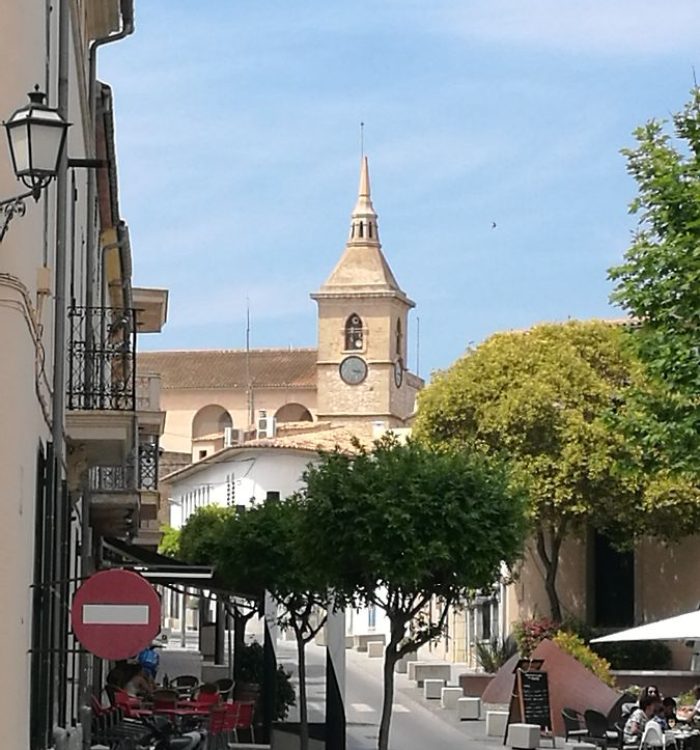
Is Maria de la Salut worth a visit?
Things to do in Santa Margalida
Attractions may be right on the verge of exaggeration, but you will find some beautiful examples of rural architecture that characterize these rural areas of Mallorca.
GO TO THE BEACH
This might be an obvious one, but nevertheless a great idea when you are in this area. Ca’n Picafort is home to more than 3 km of stunning coastline with amazing beaches and shallow clear waters.
VISIT THE CHURCH OF SANTA MARGALIDA
The parish church of Santa Margalida is situated at the highest point of the village, offering marvelous views over the charming countryside. Inside the church you will find some interesting and unique works representing the Mallorcan School, a special Mallorcan cultural era.
Discover the s’Albufera wetlands
One of Mallorca’s nature parks is found not far from Santa Margalida, namely the wetlands of s’Albufera. The amazing area offers a rich biodiversity of hundreds of different species living in perfect harmony. There are a number of marked paths leading about in the wetlands allowing you to discover most possible.
POU D’HERO
Stroll or cycle by this ancient well found south of the village next to the small country roads. The well is believed to have been here before Roman occupation (123 BC – 435), and to have served the population up until last century.
Sepulcro Dolménico de Son Bauló
In an industrial area located behind the beach resort of Ca’n Picafort you will find the ancient burial site of Son Bauló. The site is dates from the Bronze Age, and you can observe the original megaliths in the enclosed site.
EXPLORE THE COUNTRYSIDE
Santa Margalida is the perfect place for hikers and cyclists to enjoy the freedom of unfolding in the fresh air of the countryside.
Market and Events in Santa Margalida
Weekly Market in Santa Margalida
There are two weekly markets held in the village, on Tuesdays and Saturdays. The markets are predominantly farmers markets offering great selections of local produce, ceramics, woodworks, leather goods, meets and cheeses. Regardless if you are self-catered or not, the markets are great experiences.
Annual fairs and festivities in Santa Margalida
February
Carnival
Carnival is always fun in Mallorca, they really make something out of it. In Santa Margalida, Ca’n Picafort and Son Serra de Marina you can also look forward to a fireworks display of parades through the cities with creative costumes and lots of dancing and music.
March
Fira de Santa Margalida
Santa Margalida welcomes spring with a glorious traditional agricultural fair, with lots of activities and events. Come and experience black-footed pigs and other animals, exhibitions, games, competitions and folk dances, as well as a large market with local products.
May
Maritime Sports Fair and gastro festival in Ca’n Picafort
In May you can look forward to the big maritime sports fair, in the resort town of Ca’n Picafort, located in the bay of Alcúdia. There will be a lot of exhibitions as well as various shows at sea to promote the maritime sports. The sports fair coincides with the annual gastro festival which focuses on especially squid and seafood. The city’s restaurants serve special dishes these days, where squid is one of the main ingredients.
September
La Beata
The first Sunday in September, Santa Margalida celebrates La Beata (the Blessed One), in honor of the island’s saint Santa Catarina Tomás. A huge procession walks through the city with costumes, dancing and music. In fact, the procession has become so well known on the island that it is considered one of the most important cultural events on these shores.
October
Saladina
Ca’n Picafort has long been known as an artistic area in Mallorca, and every October the artists of the area are celebrated with a big art party in the city. National and international artists exhibit their works throughout the city, giving it a whole new look. As with all other festivities, of course, there are also plenty of shows and performances throughout the city of both dance and music.
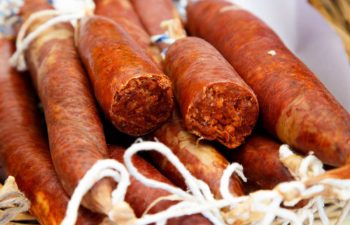
Support Local
Supporting local communities during your travels can have a profound impact. Stock up with groceries locally, stop in an artisan shop or enjoy a refreshment at a restaurant or bar. Now more than ever, these small businesses need support from travelers near and far.
Get to know the area and history of Santa Margalida
People have lived in the area around Santa Margalida for more than 1,000 years – over 150 archeological excavations have been made and more are still being sought.
Ever since before the Bronze Age, the area around the current Santa Margalida has been inhabited – not only that, the municipality preserves some of Mallorca’s largest and best-preserved villages and burial sites from that time.
Before an actual civilization on the island was established, then by the Romans, people from the Bronze Age, Pretalaiot and Taltaiot culture, had lived in the area. The most impressive examples of this are Son Real, which you will find along the coastline east of Can Picafort.
Roman times
When the Roman army conquered the island 123 BC, they were not long to find the most strategic place and urbanize these, namely Palma and Pol-lentia (current day Alcúdia). Because of this, it seems quite logical that the Romans had minor villages and hamlets located in this area as well.
South of Santa Margalida village, you can find the remains of a former Roman village, the Son Hero, which still preserve an ancient well.
The Arab era
During the Muslim period in Mallorca (ca. 700 – 1229), Santa Margalida belonged to the district of Yiynau-Bitra – one of the twelve districts, which were divided between different nobles and warlords.
The Arabian occupants gathered in kindred tribes all over the island, in farms and cottages scattered over the countryside. The main farm of this particular area was called “Abenmaaxbar”.
The Re-conquista and Middle Ages
Following the conquest of Mallorca by King Jaume I of Aragón, in 1229, the district of Yiynau-Bitra was given to the bishop of Tarragona (Catalonia), Ferrer de Pallerès. He soon gave the area its current name and promoted a church built to accommodate the needs of a new Christian community.
At the same time, the district was renamed Sineu-Petra – first mentioned in the writing on Mallorca’s division, Libre de Repartiment de Mallorca, in 1232.
The modern age
The 17th century saw strained times in Santa Magdalida, King Felipe IV granted the landowner Pedro Safortesa the title of Count, giving him feudal rights throughout Santa Margalida and the neighboring town of Maria de la Salut.
Pedro Safortesa was a strict man, he dominated and dictated as he wished and anyone who defied his commandments was punished with fines or imprisonment. After Pedro’s death, his only twelve year old son, Ramon Safortesa, took over the title and all the rights and responsibilities that came with this. Ramon was no different from his father, he ruled the district with a heavy hand, accompanied by his faithful police authority. Ramon Safortesa was nicknamed ‘The Evil Count’ by the people of the district, due to his extortion of high taxes, harassment and the exercise of power.
In 1647, the first revolt against the evil count, led by Balthasar Calafat, a local peasant who had had enough, began. The outcome of the revolt was a victory to Safortesa, whom had Calafat brutally executed in his own home in front of his wife and children.
However, not long after the murder of Calafat, the peasants organized yet another and much more violent assault on Safortesa and his men, this time with success. Safortesa had no choice but to abandon his finca and flee to the mountain to stay safe.
Santa Margalida today
Today, Santa Margalida is devoted to two sources of income, agriculture and tourism. The popular beach resort of Ca’n Picafort is a great asset to the municipality and makes for the biggest part of the income.
Famous people of Santa Margalida
Joan Mascaró Fornés (1897-1987), was one of the leading translators of the sacred texts of India. He studied Oriental languages at Cambridge University, and taught languages at the University of Barcelona. He and his family was forced to flee to Britain during the rage of the Spanish Civil War (1936-39), where he spent 20 years translating Hindu texts – the so-called “Upanishads”.
Joan March i Ordinas (1880-1962), is probably the most prominent figure of Santa Margalida. March was a money driven man, whom engaged in all kinds of businesses. He is most renown for his establishment of the Banca March, which has made his heirs amongst the seven most wealthy families in all of Spain.
Practical Info
Useful Numbers
Emergency: 112
National police: 091
Local police: 092
Guarda civil: 062
Fire: 080
Maritime emergencies: 900 202 202
Town Hall: +34 971 52 30 30
Public Transport
Bus lines: 316
Power Supply
220V



